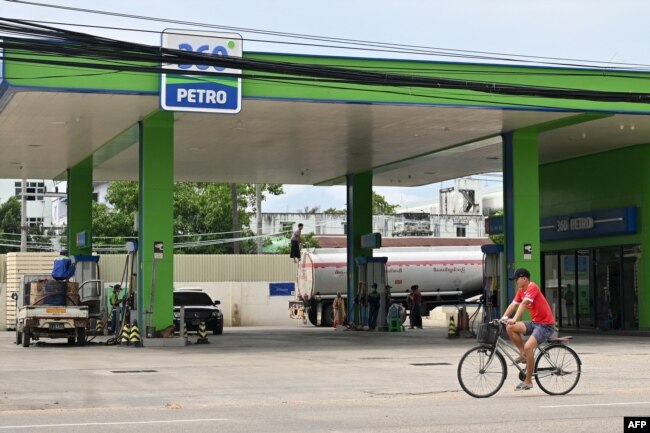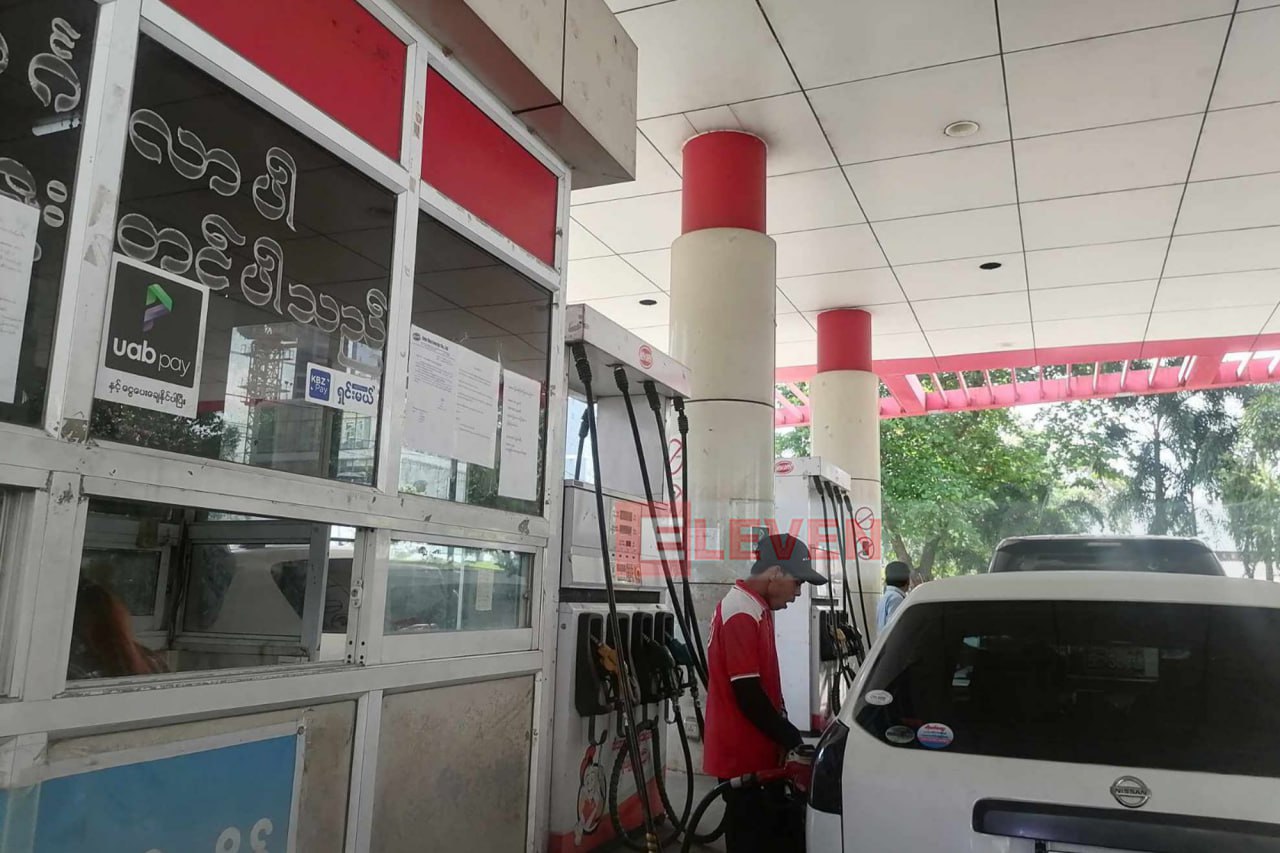
The Levelized Cost of Energy (LCOE) for different energy sources varies widely due to differences in capital costs, operations
and maintenance (O&M) costs, fuel costs, and capacity factors. Here is a comparative overview of LCOE for various energy sources:









1. Solar Photovoltaic (PV)
Capital Costs: Moderate to High
O&M Costs: Low
Fuel Costs: None
Capacity Factor: 15-25%
LCOE: $20-$40 per MWh (for utility-scale projects)
Trend: Decreasing due to technological advancements, economies of scale, and increased efficiency.
2. Wind
Onshore Wind:
Capital Costs: Moderate to High
O&M Costs: Low to Moderate
Fuel Costs: None
Capacity Factor: 30-45%
LCOE: $30-$60 per MWh
Trend: Decreasing due to improvements in turbine technology and economies of scale.
Offshore Wind:
Capital Costs: Very High
O&M Costs: Moderate to High
Fuel Costs: None
Capacity Factor: 40-50%
LCOE: $60-$120 per MWh
Trend: Decreasing but still higher than onshore wind due to higher installation and maintenance costs.
3. Natural Gas
Combined Cycle Plants:
Capital Costs: Moderate
O&M Costs: Low to Moderate
Fuel Costs: Moderate to High (subject to market volatility)
Capacity Factor: 50-60%
LCOE: $40-$80 per MWh
Trend: Competitive, but depends heavily on natural gas prices and availability.
4. Coal
Capital Costs: Moderate to High
O&M Costs: Moderate
Fuel Costs: High
Capacity Factor: 70-80%
LCOE: $50-$100 per MWh
Trend: Increasing due to environmental regulations and decreasing competitiveness compared to renewables.
5. Nuclear
Capital Costs: Very High
O&M Costs: Moderate
Fuel Costs: Low
Capacity Factor: 85-90%
LCOE: $100-$150 per MWh
Trend: High due to significant upfront costs and regulatory hurdles, though low operating costs and high capacity factors provide long-term stability.
6. Hydropower
Capital Costs: High
O&M Costs: Low
Fuel Costs: None
Capacity Factor: 40-60%
LCOE: $30-$60 per MWh
Trend: Stable but highly dependent on geographic and environmental factors.
7. Geothermal
Capital Costs: High
O&M Costs: Low
Fuel Costs: None
Capacity Factor: 70-90%
LCOE: $40-$80 per MWh
Trend: Stable, with potential for cost reductions in resource-rich areas.
Summary
Renewable Energy: Solar PV and onshore wind have seen the most significant cost reductions, making them highly competitive with and often cheaper than fossil fuels.
Fossil Fuels: Natural gas remains competitive but is subject to price volatility. Coal’s LCOE is increasing due to environmental regulations and declining economic viability.
Nuclear: High capital costs and regulatory challenges result in a high LCOE, though it offers stable long-term operation.
Hydropower and Geothermal: Provide low LCOE where geographic and environmental conditions are favorable.
Factors Influencing LCOE
Technological Advancements: Innovations in renewable technologies continue to drive down costs.
Market Conditions: Fuel prices and availability impact the LCOE for fossil fuels.
Regulatory Environment: Environmental regulations and policies affect the cost structure of different energy sources.
Financing and Investment: Access to low-cost financing can significantly lower the LCOE, especially for capital-intensive projects like nuclear and offshore wind.
Capacity Factor: Higher capacity factors generally lead to lower LCOE, as fixed costs are spread over more units of electricity.
Current Trends and Outlook
The LCOE for renewables is expected to continue declining, driven by further technological improvements and increased market adoption.
Fossil fuel LCOE may face upward pressure from stricter environmental regulations and carbon pricing mechanisms.
Investment in energy storage and grid integration technologies will be crucial for managing the intermittent nature of renewable energy sources and ensuring grid stability.
This comparative overview highlights the growing cost-competitiveness of renewable energy sources, with solar and wind leading the way in reducing LCOE, making them increasingly attractive options for new energy investments.

Leave a Reply